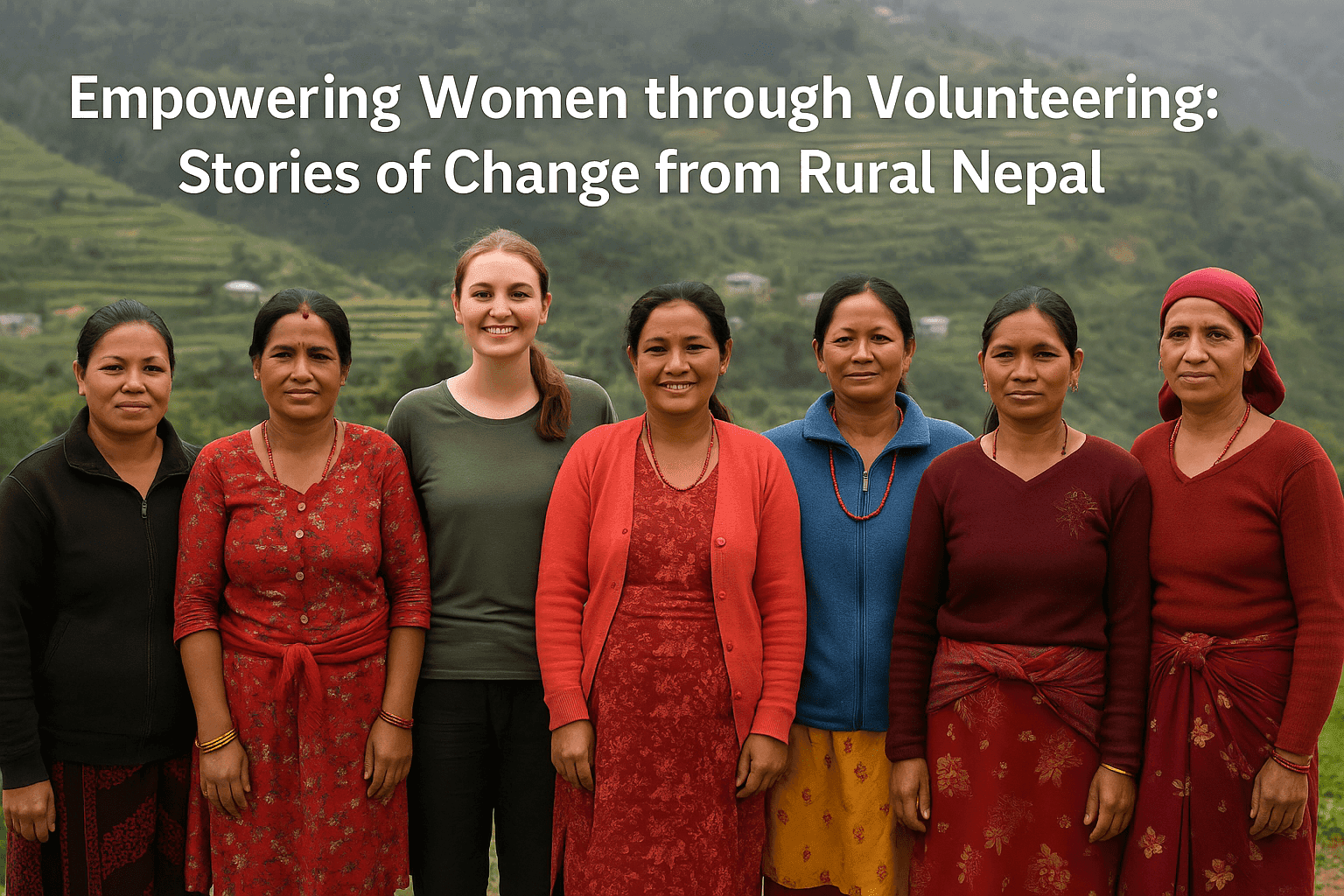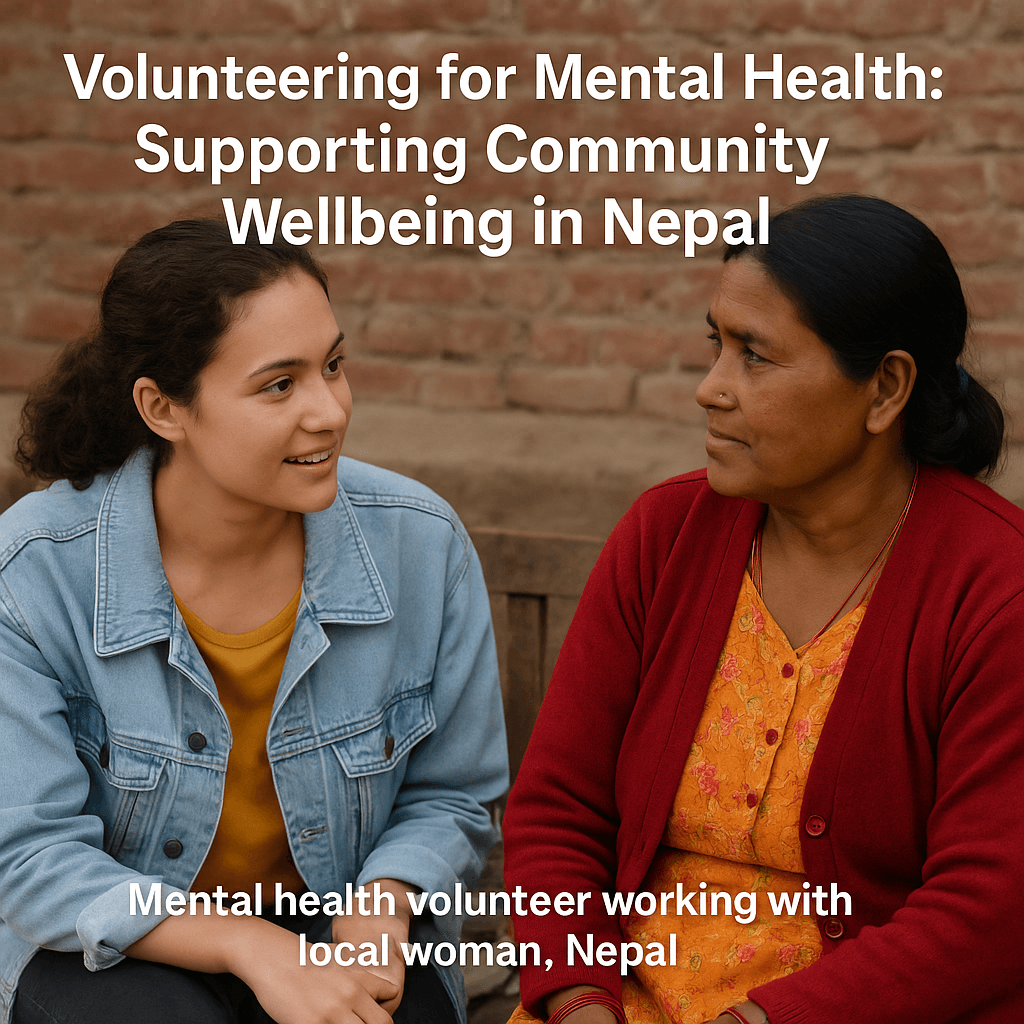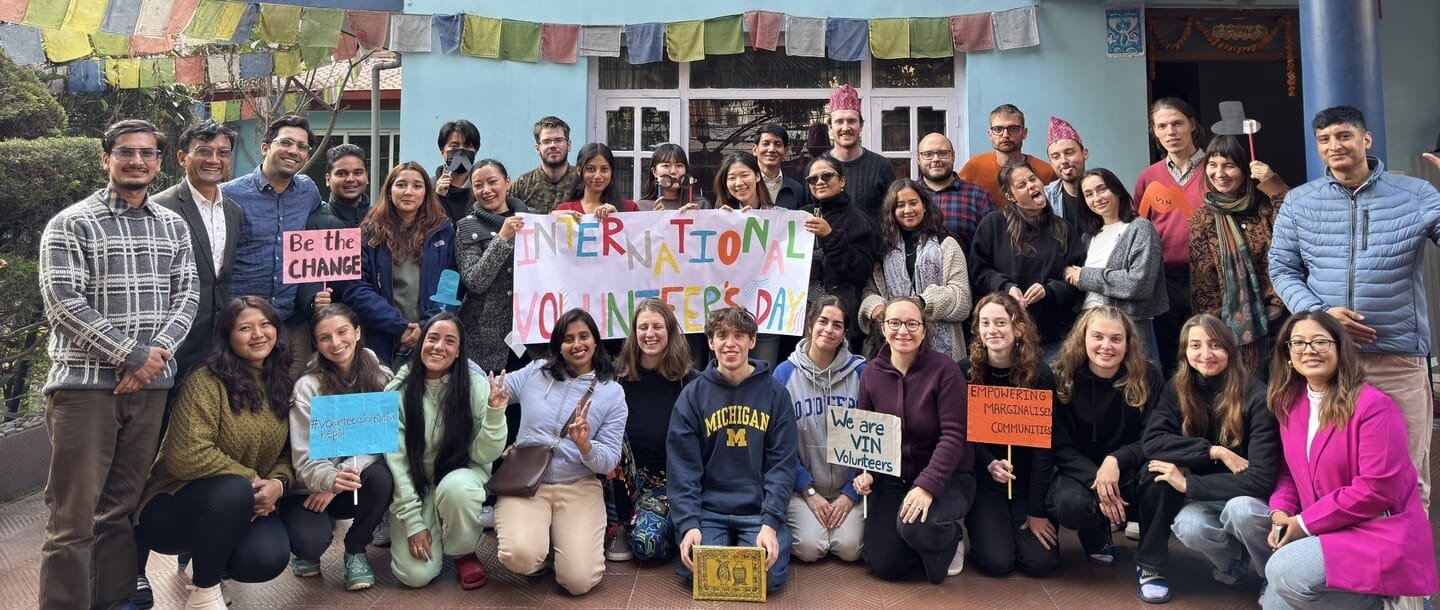Introduction
Women’s rights and gender equality are among today’s most pressing global challenges. Yet, in the rural heartlands of Nepal, these issues take on an even deeper dimension. Here, traditional roles and limited resources often restrict women’s opportunities and voices. Fortunately, women’s empowerment volunteering has emerged as a powerful catalyst for change, opening doors to education, leadership, and economic independence. Through dedicated women empowerment programs, volunteers and communities are rewriting rural women’s stories, enabling them to thrive and lead.
This article explores the transformative world of volunteering for women’s rights in Nepal’s rural regions. We dive into inspiring stories of women’s empowerment through volunteering, analyze the impact of rural women’s empowerment projects, and reveal how ethical volunteering for women ensures lasting, positive change. Whether you’re a potential volunteer or simply curious, this journey highlights how meaningful engagement uplifts individuals and communities.
Understanding Women’s Empowerment Volunteering in Rural Nepal
Women’s empowerment volunteering involves hands-on efforts that help women gain skills, confidence, and leadership capabilities. Unlike general volunteer work, this focuses on addressing gender inequalities and supporting women’s rights in culturally sensitive ways.
In rural Nepal, women face challenges such as limited education, early marriage, and economic dependency. Women empowerment programs here often combine education, health awareness, and monetary support to tackle these barriers. For example, projects teach literacy, leadership skills, and financial management, enabling women to become decision-makers in their families and communities.
Crucially, volunteer women’s empowerment goes beyond short-term aid; it strives for sustainable impact. Volunteers collaborate with locals to develop strategies that respect cultural traditions while promoting gender equality. This nuanced approach distinguishes true empowerment volunteering from superficial efforts.
The Landscape of Rural Women Empowerment Projects
Several rural women empowerment projects operate across Nepal’s diverse villages, each designed to meet local needs. Many focus on gender equality volunteering, encouraging both men and women to embrace balanced roles.
One prominent aspect is women’s leadership volunteering, where volunteers mentor women to take on leadership roles in community groups, schools, and local government. For example, a program in the Terai region saw women rise to key decision-making positions after completing leadership workshops.
Volunteers often fill critical volunteer roles in women’s groups, such as facilitating educational sessions, supporting income-generating activities, or helping establish microfinance cooperatives. These roles nurture confidence and enable women to act as change agents.
Real Stories of Women Empowerment through Volunteering
The actual impact of these initiatives shines through in personal stories. Take Maya, a 29-year-old from a remote village in Nepal’s mid-hills. Before volunteering efforts, Maya struggled to send her children to school. She received a small loan and business training after participating in a women’s microfinance volunteering project. Today, she runs a thriving vegetable farm and vocal advocates for girls’ education.
Jessica from Canada, who volunteered with ViN, recalls, “Working alongside local women, I saw their incredible resilience and leadership potential. It was inspiring to support their efforts directly and witness real change.” Similarly, Tom from the UK shares, “The skills training for rural women we facilitated transformed many lives—women gained economic independence and new respect within their families.”
From Australia, volunteer Sarah adds, “Volunteering for women’s rights here is deeply rewarding. It’s not just teaching skills but building trust and community. These women are remarkable leaders.” Another European volunteer, Lucas, notes, “Ethical volunteering for women means listening and learning, not imposing solutions. That’s the key to real empowerment.”
Local beneficiary Sita states, “Before the project, I was shy and had no voice. Now, I lead our women’s group and teach other women skills. Volunteering gave me courage and purpose.” Similarly, Anju says, “The education programs helped me start a small tailoring business, and I’m proud to support my family.” Laxmi, another beneficiary, shares, “Thanks to the volunteers’ training, our village now has a strong women’s cooperative that improves everyone’s life.”
How Ethical Volunteering Amplifies Impact in Women’s Empowerment
Not all volunteering is created equal. The importance of ethical volunteering for women cannot be overstated. Ethical programs prioritize respect, sustainability, and genuine partnership with communities.
Such ethical volunteer programs for women focus on empowering locals to lead initiatives rather than imposing external agendas. This approach fosters trust and ensures long-term success. It also means volunteers receive thorough volunteer preparation and training, equipping them to navigate cultural nuances and avoid harm.
Ethical volunteers practice cultural humility, listen actively, and support existing local efforts. This community-centered model, often described as community-based volunteering, contrasts sharply with short-term or poorly planned projects that can create dependency or disrupt local dynamics.
Skills Training & Education: Foundations of Women Empowerment
Education is a cornerstone of empowerment. Women’s empowerment through education and volunteering equips women with literacy, numeracy, and vocational skills essential for independence.
Programs offering skills training for rural women include tailoring, handicrafts, sustainable farming, and small business management. Volunteers teach these skills alongside health education and leadership development, enhancing women’s ability to improve their lives and communities.
These programs have proven effective. A 2023 report by the Nepalese Women’s Empowerment Network noted a 40% increase in income levels among participants of education and skills training projects in rural areas. Volunteers play a vital role in delivering this training and mentoring participants.
Measuring the Impact of Volunteering on Women’s Lives
How do we gauge the impact of volunteering on women’s lives? Success is reflected in improved economic status, increased school enrollment for girls, better health outcomes, and stronger local leadership.
Women empowerment volunteer organizations report that women involved in their projects often become community leaders, role models, and entrepreneurs. For example, the success of microfinance cooperatives helps families escape poverty and invest in children’s education.
Volunteering also builds bridges. When volunteers and locals collaborate, mutual respect and cultural exchange deepen, creating lasting bonds that strengthen project outcomes.
How You Can Volunteer to Empower Women in Nepal
If you’re inspired to help, it’s vital to understand how to volunteer ethically. Start by choosing reputable, ethical volunteer programs for women that prioritize sustainability and respect local cultures.
Learn about Nepal’s culture, language basics, and gender issues. Then, be ready to take on diverse volunteer roles in women’s groups, from teaching to mentoring and facilitating workshops.
Engage with the community genuinely. Cultural immersion volunteering enriches your experience and ensures your contribution aligns with community needs. Remember, responsible volunteering means valuing local knowledge and supporting empowerment from within.
Frequently Asked Questions (FAQs)
1. What is the difference between voluntourism and ethical volunteering for women’s empowerment?
Voluntourism often involves short visits with limited community impact. Ethical volunteering prioritizes sustainable, respectful partnerships that empower women over the long term.
2. How can volunteering contribute to women’s leadership in rural Nepal?
Volunteering supports leadership training, mentorship, and capacity-building, enabling women to participate in community decisions.
3. What are the most effective women’s empowerment programs in Nepal?
Programs combining education, microfinance, health awareness, and leadership development tend to be the most impactful.
4. How do I find reputable women’s empowerment volunteer organizations?
Look for organizations with transparent missions, local partnerships, ethical practices, and positive testimonials.
5. What skills training do rural women receive through volunteering projects?
Training often includes literacy, vocational skills like tailoring or farming, business management, and health education.
6. Can volunteering for women’s rights have a sustainable impact?
Yes, it creates lasting social and economic change ethically and in partnership with local communities.
7. How do I prepare for ethically volunteering in women’s empowerment projects?
Research the culture, understand gender issues, choose ethical programs, and be ready to listen and learn.
Conclusion
Women’s empowerment volunteering in rural Nepal is more than a charitable act—it’s a powerful movement that reshapes futures. By volunteering for women’s rights, volunteers contribute to sustainable change that honors culture and uplifts communities.
If you’re ready to be part of this transformative journey, consider joining ethical volunteer programs for women with organizations like ViN. Your support fuels real progress through volunteering, internships, donations, or sharing these inspiring stories.
We can empower women, strengthen families, and build a more equitable Nepal together. Stories of change are waiting—will you be one of them?

























 Member of
Member of